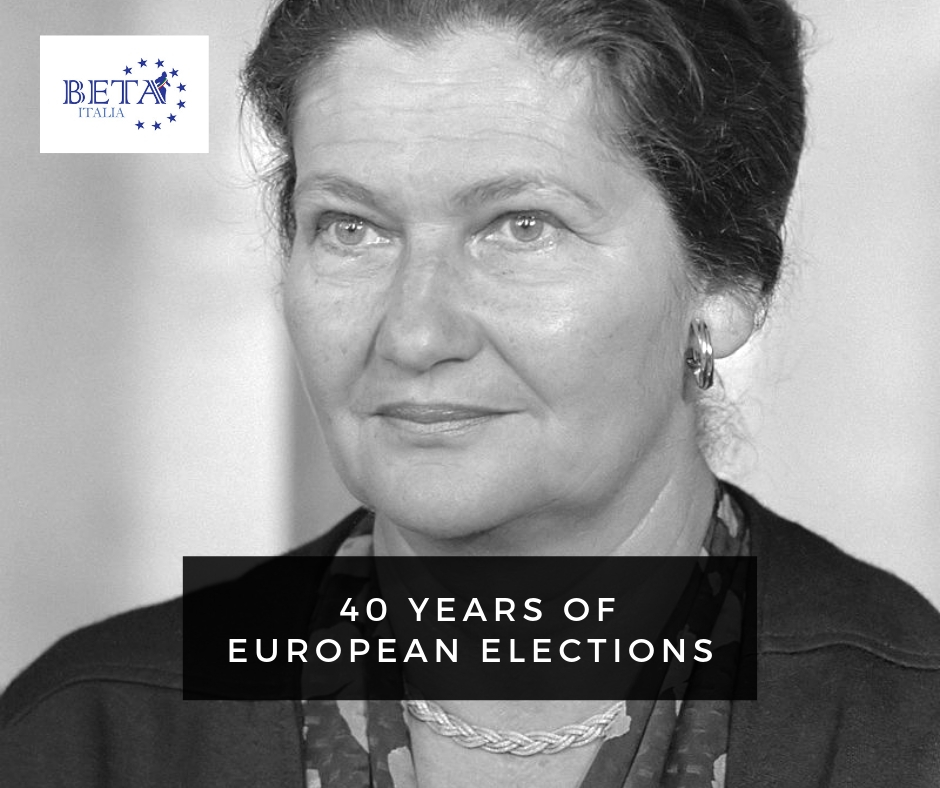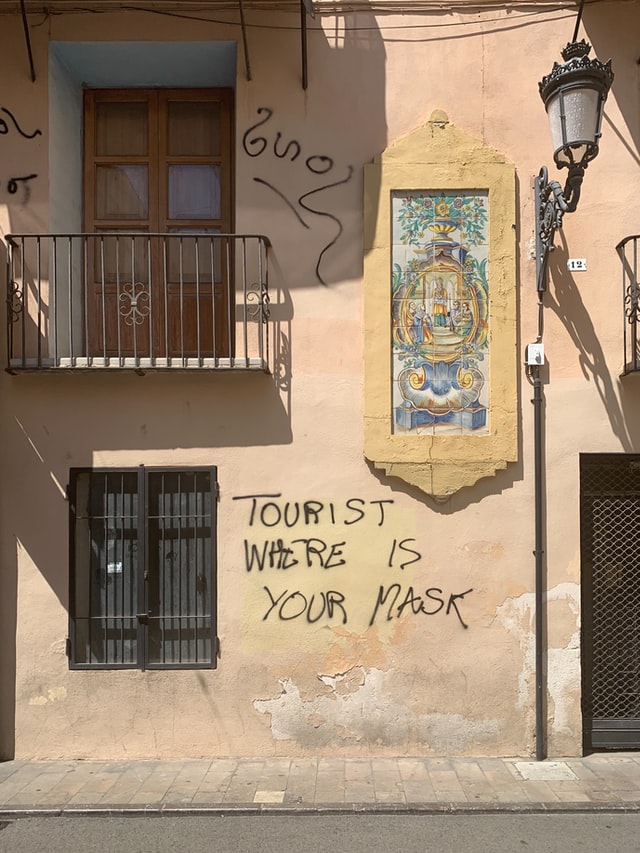1979-2019: 40 years of European elections
Introduction

This year’s elections coincide with the 40th anniversary of the first elections to the European Parliament by direct universal suffrage (7-10th June, 1979) – an historic event marking both an ending and a fundamental starting point for the whole European history and for the construction of a Europe for citizens. Today we must face a historical turning point for our common history which leads us to hold up a second and take a look back. Indeed, we will analyse some important historical milestones of our history in order to understand how the EU works today. Our primary objective will be to reflect on the impact of the European Parliament, the heart of European representative democracy. We will show how the European Parliament can reflect the dreams of the founding fathers that were holding Europe together to favour the construction of a free, united, democratic and supranational Europe.
Between European reconstruction and integration process (1946-1979)
The devastating impact of two world wars led Europeans to join forces to figure a way to a European reconstruction aimed at forever erasing the internal long-standing divisions of the continent and reshape the future of a war-torn Europe.
The debate for an active participation of European citizens began between the end of the ’40s and the beginning of the ’50s. On 5 May 1949, in the wake of the Congress of Europe in The Hague (1948), the Council of Europe was solemnly created – an intergovernmental organization endowed with a Parliamentary Assembly working at an inter-state level.
With the Schumann Declaration of 9 May 1950, the European Coal and Steel Community (ECSC) was established with the aim of fixing prices and managing the energy reserves and production quantities of the time at the Community level. Already endowed with a High Authority operating on a supranational level, the internal propulsive thrust of the federalists contributed substantially to establishing a legislative assembly thereafter. Effectively, even the ECSC was endowed with an Assembly similar to the Council of Europe, albeit with exclusively consultative powers and without the possibility to legislate.
In 1957, the Treaty of Rome established the EEC (European Economic Community) and officially opened the debate for the creation of a “Common Assembly” and an elective system by universal suffrage.
On 19 March 1958, the new assembly held its constitutive session in Strasbourg under the name of “European Parliamentary Assembly”. Through the latter, A “Working Group for the European elections” was created and assigned the Belgian MEP Fernand Dehousse as chair. The new working group earnestly worked to reach an agreement and facilitate the emergence of direct European elections.
In 1962, there was a turning point when the institution was renamed “European Parliament”, marking one step further both in terms of supranational and principles of democratic representation of European citizens in the institutions.
During the 1970s, the Luxembourg Treaty (1970) and the Brussels Treaty (1975) increased the competences of the European Parliament, with new powers of budgetary controls. The new scope of action was reinforced by a meeting held in 1974 in Paris where European leaders agreed on implementing the election process of the Parliament by universal suffrage.
In 1975, a new project was drafted by the Dutch socialist Patijin and became effective thanks to an act issued by the Council of Ministers in 1976. Indeed, the latter established further provisional measures to hold free European elections by universal suffrage.
Between 7-10th June 1979, citizens with voting rights from 9 different European countries (Belgium, Denmark, France, Germany, Ireland, Italy, Luxembourg, the Netherlands and the United Kingdom) voted to elect their first president of the European Parliament. In 1979, in its first session, the new Parliament elected Simone Veil, a French woman of Jewish origin. Veil was a survivor of Auschwitz.
European electoral heritage since 1979
“Over time, the institution, whose members have been directly elected since 1979, has undergone deep changes: from an assembly with appointed members to an elected parliament which is recognised as a political agenda-setter of the European Union”. From a simple advisory body in 1962, today it has become a fundamental institution which affects the lives of some 500 million European citizens. This is the result of a long-standing and unfinished path designed to extend the democratic powers of the European Union.
The Maastricht Treaty (1992) introduced the co-decision procedure in certain areas of legislation and marked “the beginning of Parliament’s metamorphosis into the role of co-legislator”. The Treaty of Amsterdam (1997) “further increased the powers of the European Parliament to most areas of legislation and reformed the co-decision procedure, placing Parliament as co-legislator on an equal footing with the Council”. Finally, with the Lisbon Treaty (2007), new powers were transferred to Parliament, including: 1) the approval of the President of the EU Council; 2) legislative, budgetary and political supervisory powers; 3) a new consultative basis and 4) the power to elect the President of the European Commission.
The number of MEPs has always been proportional to the number of European citizens and has increased over the course of time. Our current European Parliament consists of 751 members. However, if in the end the United Kingdom won’t take part in the upcoming EU elections, the European Parliament should shrink from 751 to 705 MEPs.
Around 350 million European citizens will have the right to go to the polls in May 2019 and decide the fate of the European Union for the next five years.
Bibliography:
BARDI e IGNAZI, Il parlamento europeo, Il Mulino, 1999.
LASCHI GIULIANA, L’Unione europea: storia, istituzioni, politiche, Roma, Carocci, 2005.
PASQUINUCCI DANIELE, Uniti dal voto? storia delle elezioni europee, 1948-2009, Milano, Franco Angeli, 2013.
TULLI UMBERTO, Un Parlamento per l’Europa: il Parlamento europeo e la battaglia per la sua elezione, 1948-1979, Milano, Mondadori, 2017.
Webliography:
EUROPEAN PARLIAMENTARY RESEARCH BLOG, Direct European Elections : The History Of The Right To Vote, Historical Archives, 19th May 2014, https://epthinktank.eu/2014/05/19/direct-european-elections-the-history-of-the-right-to-vote/.
PARLAMENTO EUROPEO, Il Parlamento Europeo: precedenti storici, Note sintetiche sull’Unione europea, 2018, http://www.europarl.europa.eu/factsheets/en/sheet/11/the-european-parliament-historical-background.
PUNTO EUROPA FORLI’, Il Parlamento europeo: 30 anni di elezione a suffragio universale (1979-2009), Notiziario dall’Europa, http://www.puntoeuropa.it/notiziario/2009/tematico1parleur.pdf.
Image source:
Based on Simone Veil (1984) by Rob C. Croes / Anefo (CC0 1.0)



